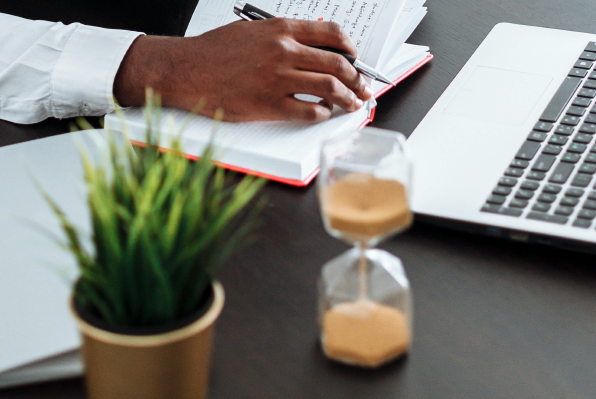In a previous post I talked about the importance of resilience in our day to day lives. One contributor to resilience is our experience of external supports (perceived and enacted). Another source of resources is within us. The more resilient we are, the more quickly we are able to rebound from challenging circumstances. This is true of major life events (adjusting to losing a job) as well as everyday sources of stress (unexpected work that gets dropped in your lap). The more resilient a person feels, the more confidence they have in their ability to withstand the turmoil that comes their way each day.
There are several factors that influence whether someone is resilient or not. One overarching quality is that of being creative. A creative person is often able to think about things in their life in multiple ways. For example, where one person sees a pile of junk, a creative person might see numerous opportunities to create something. A creative person might naturally be more inclined to think of items or events in multiple ways, but non-creative people can exercise creativity in their thinking with a simple tip. But while this tip is simple, it is challenging to use given our natural tendencies.
Tip #1: Replace a few words in your vocabulary.
Research has shown that people will limit their options regarding a problem if they are told that an item “is” something, as opposed to being told that an item “could be” something. If we think in terms of absolutes (“This is a disaster.”) then we limit our options for how to think about the problem and what solutions are possible. If we change one word and start to think in less absolute terms (“This could be a disaster.”) then we open up the possibility that there is more than one way to think about the situation. This automatically challenges our brains to think of alternatives. For more, read this previous post.
Another way to increase your resilience is to practice making and adjusting goals. The key here is to practice being organized and flexible.
Tip #2: Practice making and changing goals.
Making a goal can keep you motivated and give you a direction, but over-reliance on that specific goal can be a hindrance if we lose sight of the purpose of that goal (which is to give us motivation and direction). If we focus too much on the goal itself (and not on the direction it takes us), we can easily get derailed if that goal does not materialize. However, if we practice being flexible and changing our goals, we can then maintain our motivation when a specific goal fizzles out. Another helpful post can be found here.
Finally, another internal resource we can use to increase our resilience is the ability to keep certain obstacles/stressors in perspective. It is important to be able to evaluate the seriousness or intensity of a stressful event so that we do not respond to every stressor in the same way we would respond to a life-threatening crisis.
Tip #3: Keep things in perspective.
When thinking about the stressor you are currently facing, compare it to stressors you have faced in the past. Ask yourself whether this is something you have had success handling before. Did you use helpful resources in the past that are still available to you now? Compared to the big picture of life, and what is truly important to you, is this stressor worth the time and energy that your fear is telling you are needed?
By practicing skills to increase your resilience, you will increase your self-confidence and determination. This will lead to an increased ability to bounce back from setbacks, persevere through adversity, and achieve things that once felt out of reach. As a former mentor of mine liked to say, persistence wears out resistance. Practice being resilient.
Shawn Healy, PhD



